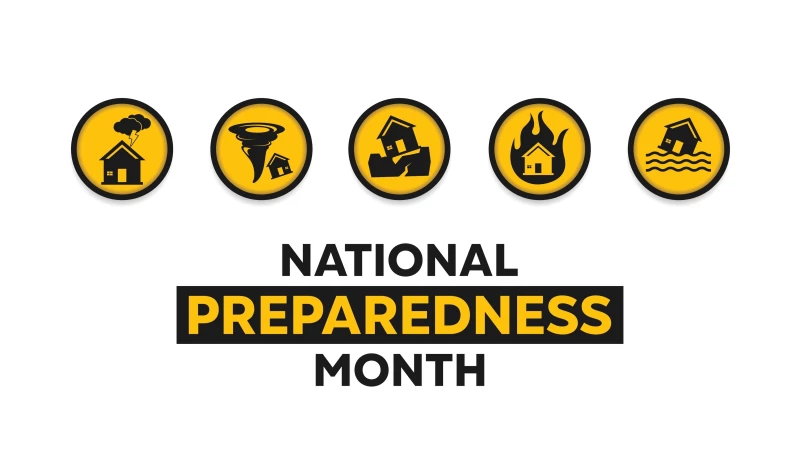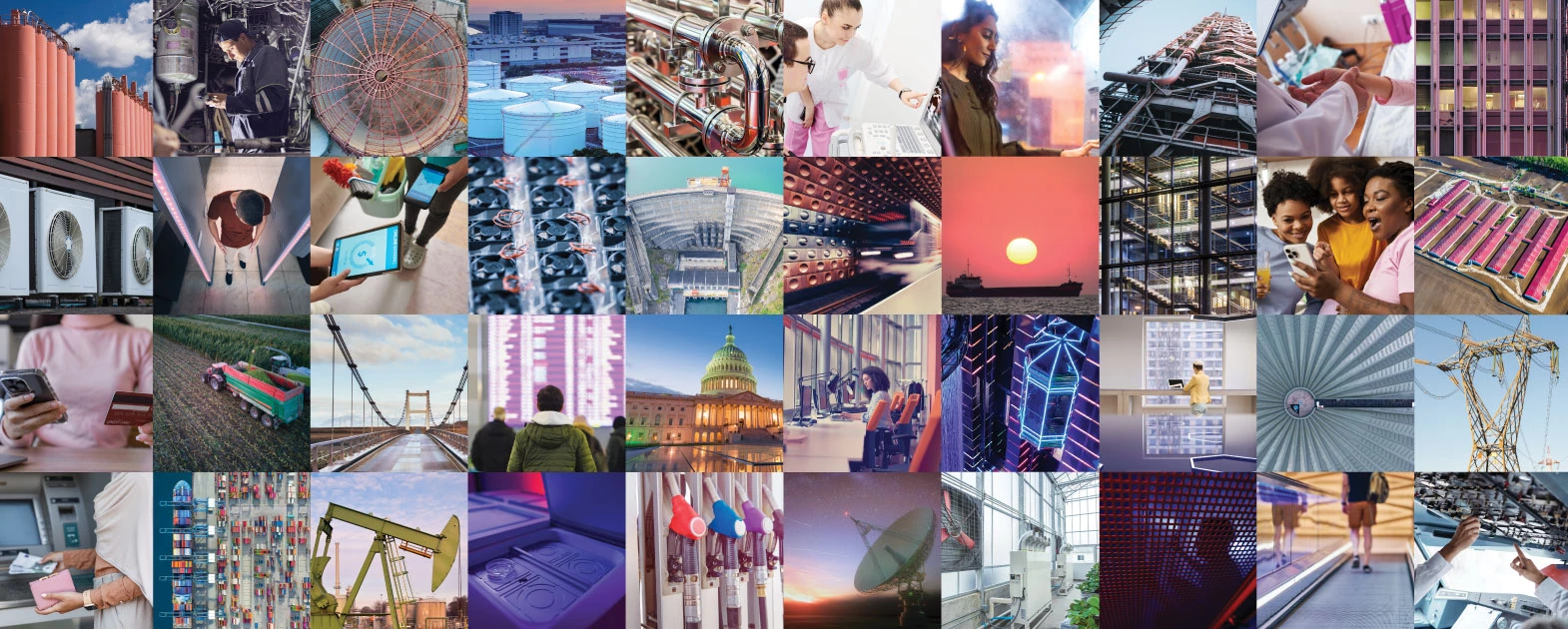In this three-blog series, Admiral (Ret.) Michael S. Rogers, Chairman of Claroty's Customer Advisory Board, discusses the rising importance of securing critical infrastructure in our current global environment.
During this time of great uncertainty, we have pivoted quickly to create a "new normal." The reality is, that new normal has some measure of fragility. Due to the speed at which we've had to move, we haven't been able to build in the resiliency and redundancy we are used to in many ways.
Consider, for example, that many businesses have electric generators which provide flex in the system to absorb the impact of a power loss. But we aren't working in businesses anymore. We're working at home and most of the population doesn't have backup power at home. When you're only as productive as your last battery charge, there isn't any flex. Or imagine if the telecommunications backbone goes down. All the links we have been using for virtual meetings and online collaboration no longer function and we can't communicate. We are geographically dispersed and to execute daily life we're relying on remote connectivity at a level we just aren't used to, with little room for interruption or impediments.
What's more, our definition of critical infrastructure is changing and expanding. Traditionally, power, water, and fuel came to mind when we thought of critical infrastructure. But consider the significance that the production and distribution of food and other necessities have taken on in recent weeks. We're counting on getting what we need when we need it from some location while minimizing personal contact.
Critical infrastructure has become even more important and pervasive, and yet the men and women tasked with operating and overseeing it aren't physically at work either. There is a physical component to infrastructure – turbines, transmission lines, production lines, servers, distribution and transportation networks – that you need to be able to access. When you aren't physically collocated, the nature of business continuity and defense becomes really challenging.
This is what drew me to Claroty in the first place. I thought much of the security industry's focus on defense had been on IT, and not enough on OT. As we become a more remotely connected world, where robots are on the warehouse floor, vehicles are autonomous, and manufacturing is remotely controlled through networks, what happens when an adversary targets these systems and they go down? The damage can be significant in a normal environment and the consequences are magnified now.
I urge you to think about what is critical in today's world.
As you step back from this new normal you've created, I encourage you to spend some time thinking about the following questions:
What does risk mean to me now in a whole different world?
How do I ensure continued, uninterrupted operations?
How do I mitigate cyber risk now and create resiliency?
In my next blog, I'll offer some guidance to help you answer these questions. In the meantime, you can read more here to learn how Claroty helps the men and women who are defending OT networks do their jobs, every day, from wherever they are.
Admiral (Ret.) Michael S. Rogers retired in 2018 from the U.S. Navy after a distinguished 37-year career. In March 2014 he was appointed by President Barack Obama as the 17th Director of the National Security Agency and th 2nd Commander of U.S. Cyber Command. Prior to earning his fourth star he commanded the U.S. Tenth Fleet and U.S. Fleet Cyber Command. Admiral Rogers also served as the Director for Intelligence for both the Joint Chiefs of Staff and U.S. Pacific Command. A native of Chicago, he attended Auburn University, graduating in 1981 and receiving his commission via the Naval Reserve Officers Training Corps. Originally a surface warfare officer (SWO), he was selected for re-designation to cryptology (now Information Warfare) in 1986. Rogers ia a distinguished graduate of the National Ware Collage and a graduate of highest distinction from the Naval War College.












